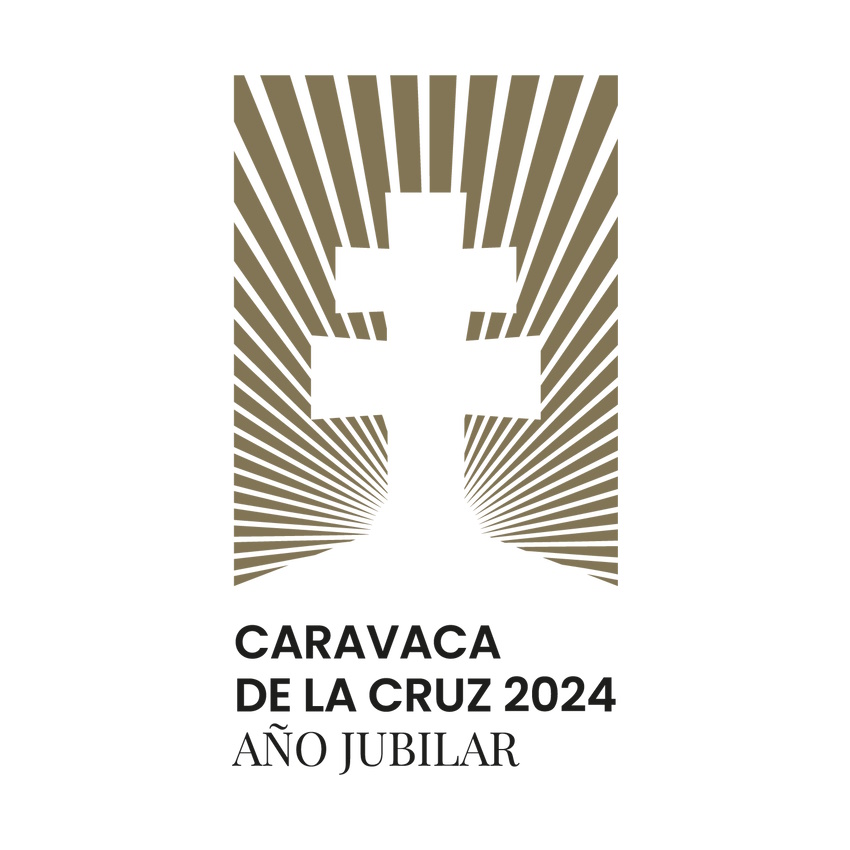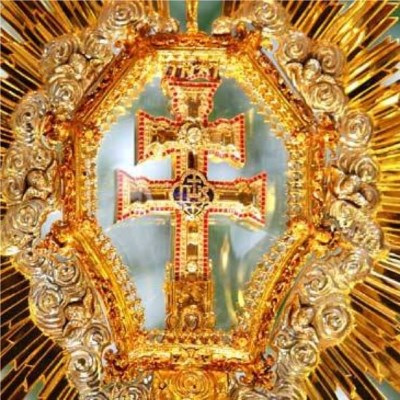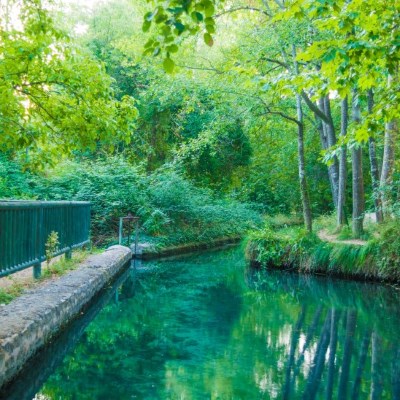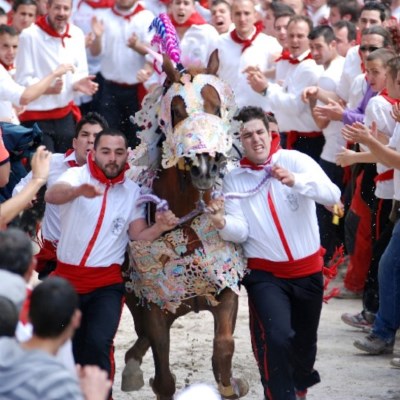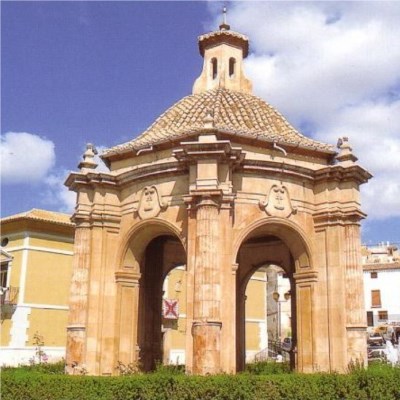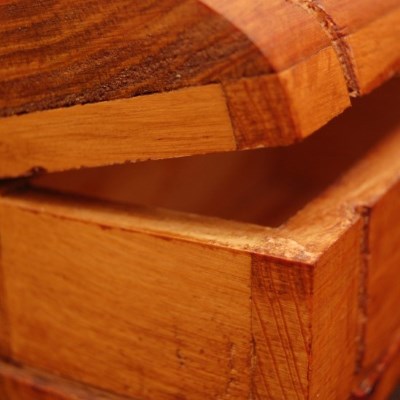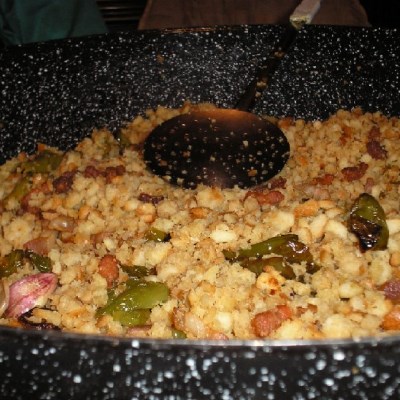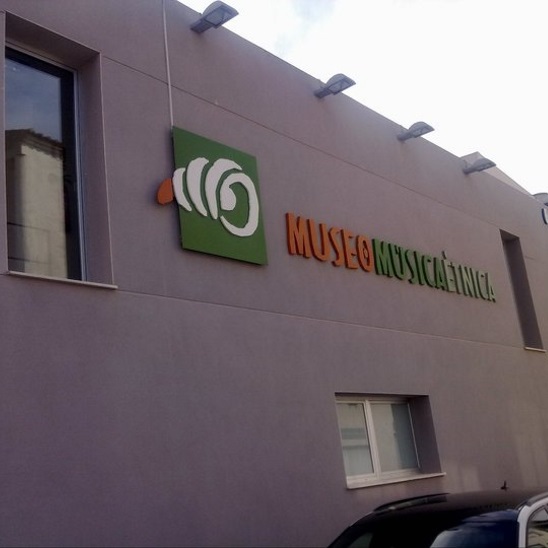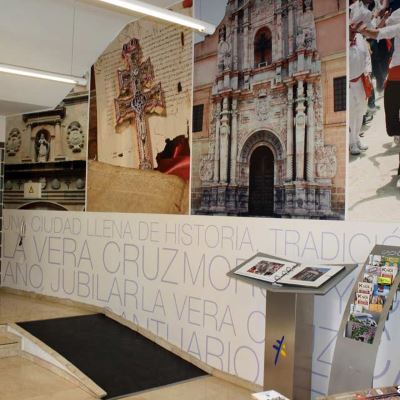-
Origin and presence
-
The relic of the Cross kept in Caravaca is a Christian symbol that represents the content of Christ’s message and action.
This is an eastern cross – a medieval patriarchal relic from Jerusalem guarded in this city, at first by the Order of the Temple and later by the Order of Santiago and owns a miracle narrative of its presence in this town. This is the reason why the miracle of the Apparition of the Cross was read aloud by beggars in the XIII Century, in which the Cross appears during a mass celebrated by priest Chirinos. This is how it has been written in the first and following narratives, as an enigmatic Apparition, highlighting its protective embracing force. Its reputation as miraculous and special symbol draws many visitors to the town.
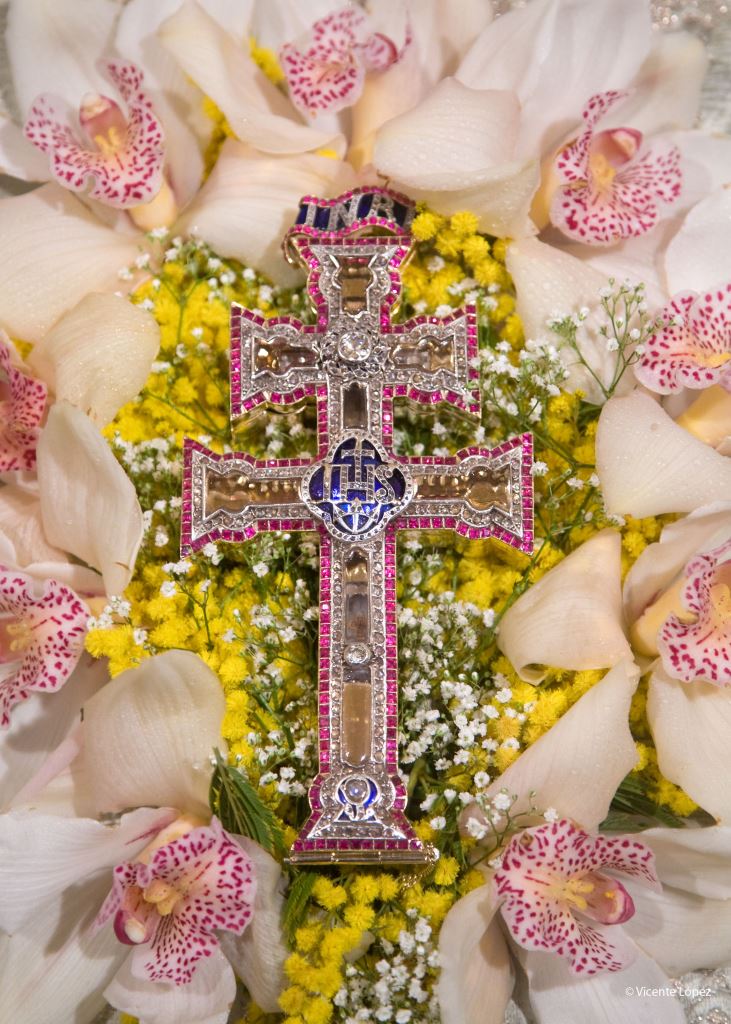
-
Characteristics of Caravaca’s Cross
-
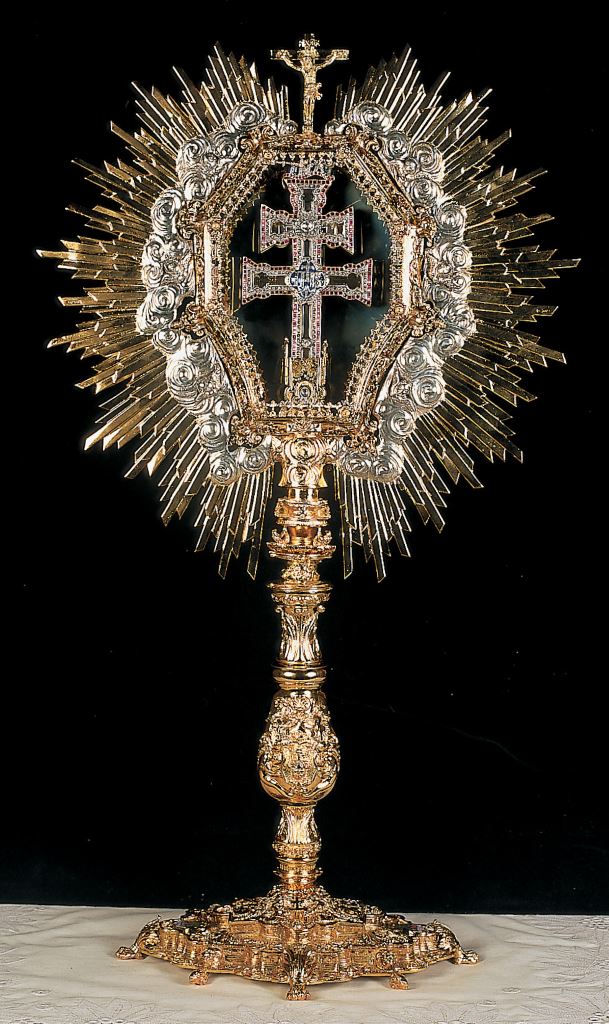 The Cross is a lignum crucis, that is, a wood fragment from the cross where Jesus Christ was crucified. It is preserved in a reliquary with the shape of a double horizontal crosspiece (upper part 7 cm and bottom part 10 cm) and a vertical one (17 cm). The outer reliquary should not be mistaken with the Relic within. The Cross is Eastern in origin. The patriarch Roberto of Jerusalem was traditionally considered its owner, who was the first bishop of the Holy City after retaking it from the Muslims in the first Crusade (1099).
The Cross is a lignum crucis, that is, a wood fragment from the cross where Jesus Christ was crucified. It is preserved in a reliquary with the shape of a double horizontal crosspiece (upper part 7 cm and bottom part 10 cm) and a vertical one (17 cm). The outer reliquary should not be mistaken with the Relic within. The Cross is Eastern in origin. The patriarch Roberto of Jerusalem was traditionally considered its owner, who was the first bishop of the Holy City after retaking it from the Muslims in the first Crusade (1099).One hundred and thirty years later, in 1230, during the stay of Emperor Frederic II in Jerusalem, a successor bishop of Roberto in the Patriarchate was the one carrying the Relic that two years later arrived to Caravaca.
The symbol of Caravaca has the shape of a pectoral cross; Patriarchs used to wear them as a distinctive mark of their hierarchy rank within their diocese or bishopric. They deserved this distinction out of honorific treatment owing to their seniority and prestige, and over broad ecclesiastic communities. The patriarchal feature brings more importance to the Caravaca symbol, which means a historic guarantee for its origin and prestigious preservation.
From years ago until now, this Cross has been acknowledged by the Catholic Church as “Vera Cruz” (True Cross), granting bulls and indulgences to pilgrims who visit Caravaca to adore the Relic. Furthermore, the Church gave Cultro de Latría in 1794 – equivalent to that granted to Holy Sacrament.
-
Tradition of the mysterious appearance
-
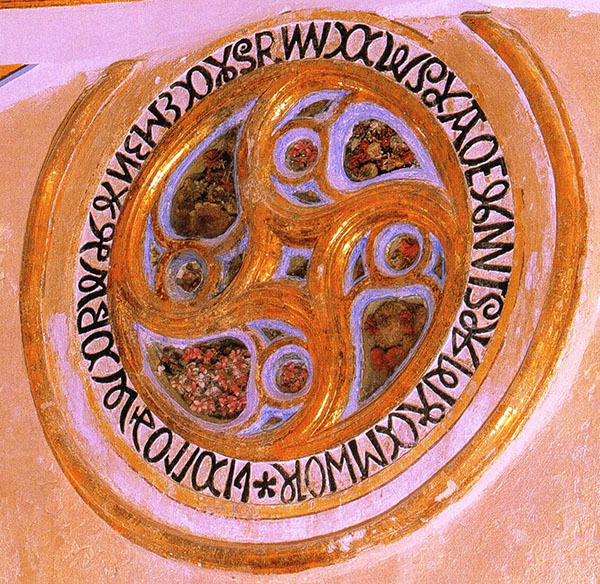 Local history tradition believes that the presence of the Cross in the Caravaca fortress is most likely dated 1232.
Local history tradition believes that the presence of the Cross in the Caravaca fortress is most likely dated 1232.It is also said that the Relic’s origin (lignum crucis) is situated in the Castle of Caravaca on the 3th of May 1232, when the Muslims had the control over these lands. The history tells us of the conquest of Caravaca’s lands by Valencian Almohad Sayyid Abu-Zeit. The priest Gines Perez Chirinos, who came from Cuenca and preached the Bible to the Moors, was among the Christians prisoners. The Sayyid asked the captives about their jobs and the priest answered that his was to give mass. This aroused the interest and curiosity of the Muslim, who organised everything for a mass. Once all ornaments were brought from Christian territories (Cuenca), the Mass started in the fortress’ main chamber. Shortly after, the priest stopped and said he could not go on as there was no crucifix on the altar, without which he could not celebrate Mass. At that very moment, two Angels, coming through the chamber window, brought a lignum crucis and they placed it on the altar, so the Mass could continue. After this marvellous apparition, the Sayyid and his court baptized.
-
The meaning of the angels bearing the Lignum Crucis
-
The appearance of these two Angels on the narration of the Cross is related, without a doubt, to the importance and high status that relics of the Cross’ pieces of wood had among the great number of relics existing in the Christian world between the X-XV Centuries. The figures of the Angels are naturally associated to the most sacred relic directly related to Christ. A new type of reliquary of its very own was created, consisting of a cross into which the Relic was lodged. This shape comes from the East, from the Syrian-Byzantine world, and it was called “Stauroteca” (place of deposit of the Cross), usually flanked by two protector Angels. This Byzantine typology exerted a great influence over Europe. The ensemble consisted of a regular box with guardian Angels on the sides. This type also appears in Saint Mark of Venice (1206-1216) and the Scheyern Cross in Germany.
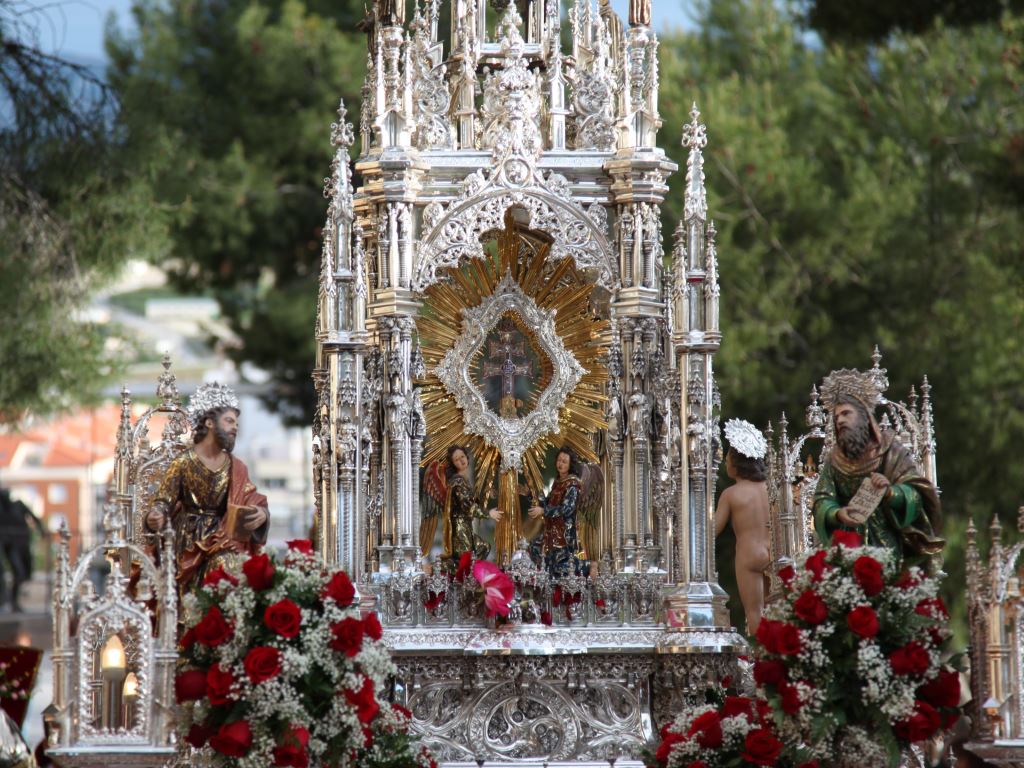
The box donated by Suarez de Figueroa on the XV Century and the inner reliquary with double horizontal crosspiece makes the Caravaca Cross in its whole shape a Bizantine type. However, these are neither guardian nor Protector Angels, but bearers placed at the lower part of the sides, with a conveying attitude, carrying the Relic down.
-
Military orders and the Caravaca Cross
-
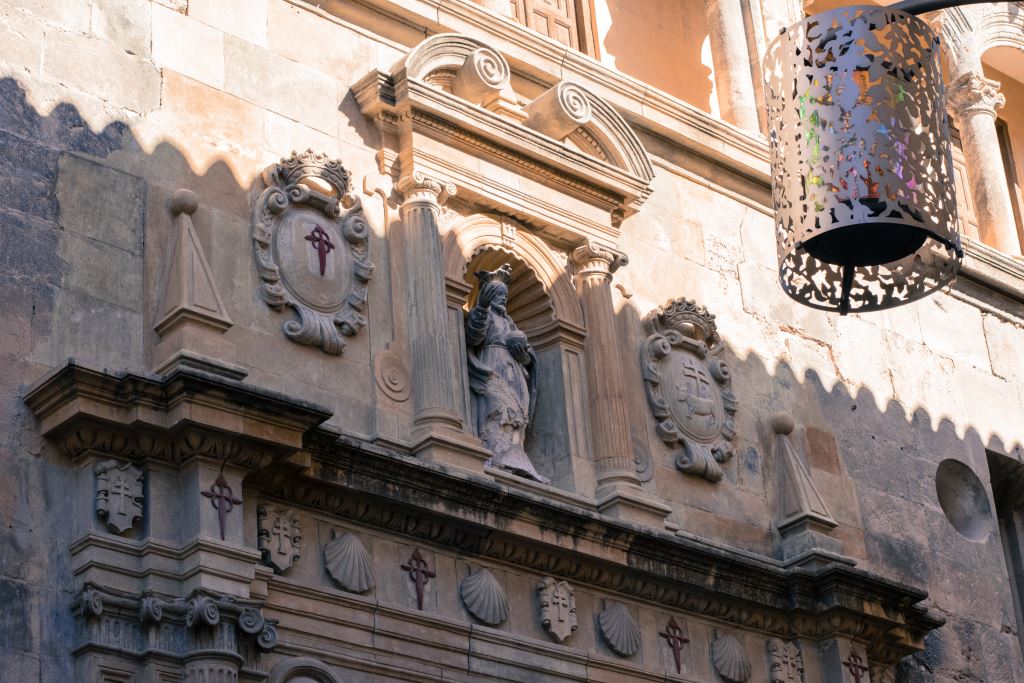 The military Order of the Templars stayed in Caravaca for about 46 years (1266-1312) according to the most reliable historic theory. In this town a large dominion was organised, with a vast territory with other castles that were dependant on the Caravaca Templar community. It is important to establish the close relation of the Cross with this famous military Order which was founded in the Medieval Age, actually in Jerusalem as its first enclave. Its Eastern origin adds a touch of historic attractiveness to the prestige of Caravaca. The Caravaca region was one of the last redoubts where the Order settled when their presence in the Middle East was almost finished.
The military Order of the Templars stayed in Caravaca for about 46 years (1266-1312) according to the most reliable historic theory. In this town a large dominion was organised, with a vast territory with other castles that were dependant on the Caravaca Templar community. It is important to establish the close relation of the Cross with this famous military Order which was founded in the Medieval Age, actually in Jerusalem as its first enclave. Its Eastern origin adds a touch of historic attractiveness to the prestige of Caravaca. The Caravaca region was one of the last redoubts where the Order settled when their presence in the Middle East was almost finished.In 1344, years later, King Alphonso XI transferred the protection of Caravaca to the Order of Santiago. The Caravaca area was entrusted to this Order along with the fortress and the protection the Cross for nearly five and a half centuries. Thus, this link between Caravaca and Santiago became a fact that moulded the future of this part of the border. The long list of commanders and events that took place here is very notable.
Their long presence has closely tied the Cross with the Order of Santiago. The subsequent ritual development and relevant events have taken place during their custody. The Cross of Santiago badge appears everywhere in the city.
-
Official acknowledgement of the Caravaca Cross by the Catholic Church
-
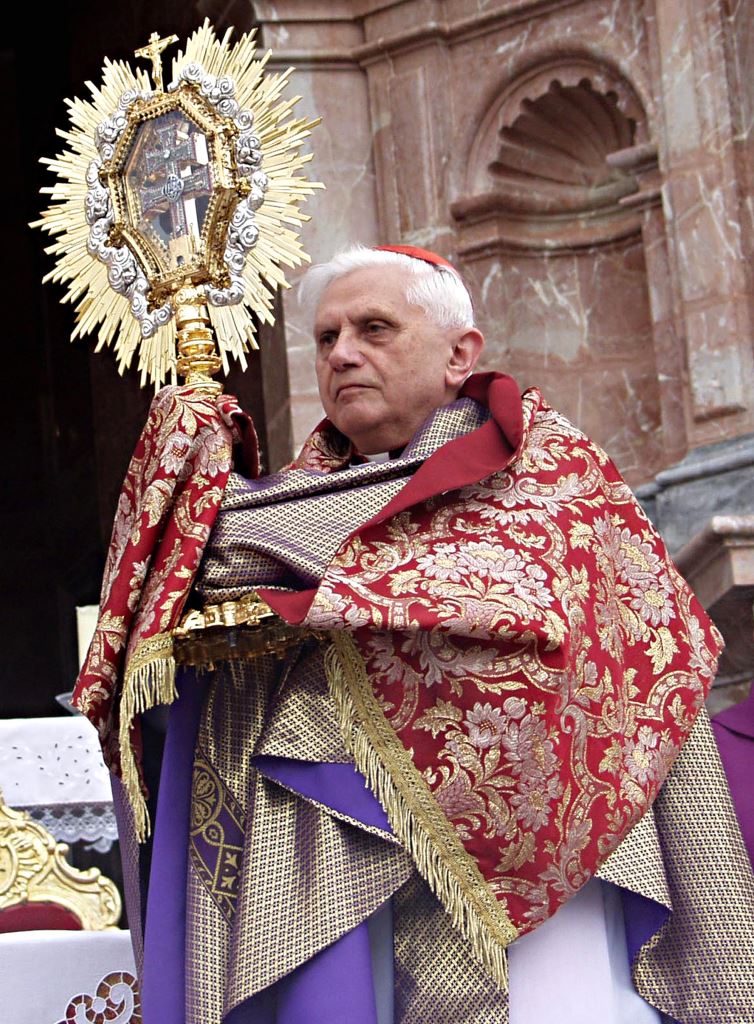 Ever since the early times, there was an official acknowledgment from the Catholic Church towards the Caravaca Cross. So it appears on various papal bulls and documents by which privileges and indulgences were granted to pilgrims who visit the Chapel of the True Cross to worship the Relic.
Ever since the early times, there was an official acknowledgment from the Catholic Church towards the Caravaca Cross. So it appears on various papal bulls and documents by which privileges and indulgences were granted to pilgrims who visit the Chapel of the True Cross to worship the Relic.Several Popes have granted indulgences to the Cross, as stated on writings and bulls that are kept in the archive of the Royal Chapel of the Sanctuary. We can mention, among others, the bull of Pope Clement VII (1392), an interesting document since it was granted by a Pope in Avignon (France) during the Western Schism when the Christian world was divided in two because of the existence of two Popes: one in France and another in Rome.
Afterwards, we can highlight Pope Clement VIII decree in 1597 and Pope Paul V in 1606, the bulls of Pope Alexander VIII in 1609 and Pope Clement XI in 1705. In 1736 Latria was granted to the Cross, a cult reserved only to God.
The official name of the Relic in the documents is the “True Cross”, a very meaningful name, related to the Templar Order, as where they settle this title frequently appears.
It came to be more closely related to the Caravaca Cross, with a very distinctive nature. Since the Medieval Age it is known by this specific name: The True Cross of Caravaca, namely, the real Cross. So it is recorded in official documents to make reference to its origin and to distinguish it from fake relics that could be found everywhere in the time of the pilgrimages.
The title of “True”, along with the one of “Saint”, was just applied to the Cross of Jerusalem found in the VI Century by Saint Helen, as well as the Cross that was transported to Constantinople. To this day, the denomination of “True” that the Caravaca Cross has bestowed it with a special recognition and category.
The information provided by a document from the archive of the Murcia Cathedral -1285-, which describes the Caravaca coat of arms with the cross placed above a cow, makes us admit that the Cross is undoubtedly present in the popular mind in the midst of the XIII Century, as this led the Town Council to adopt the cross in the Caravaca coat of arms.
-
Spreading of the Caravaca Cross around the world
-
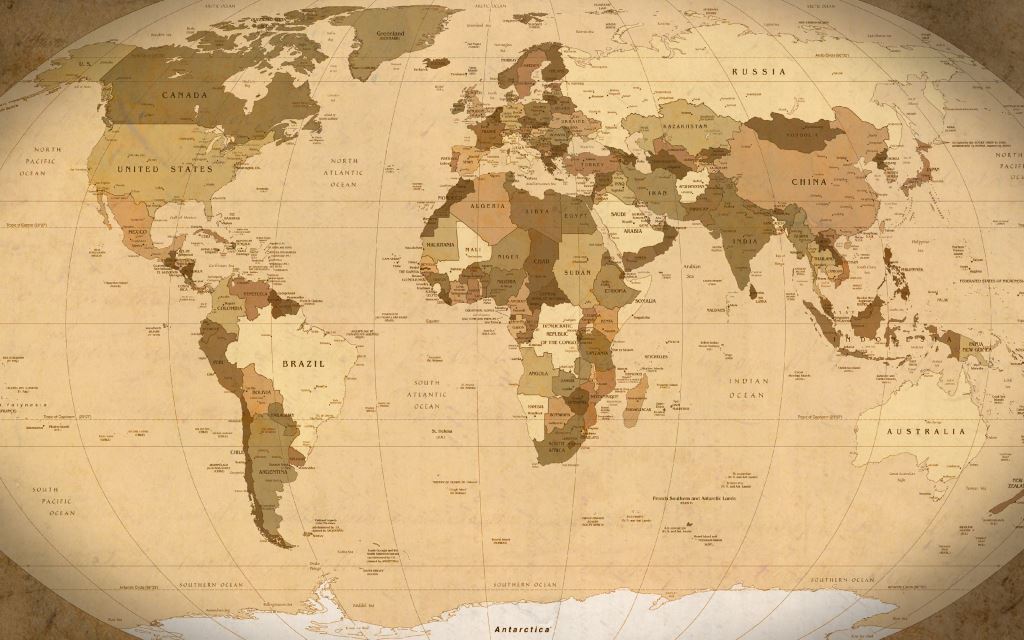 Once Granada was conquered in 1492, we notice the fast spread of knowledge, devotion and fame of the Cross, hallowed by its previous tradition and by its 250 year presence. To this large spread of knowledge contributed the flourishing of the Spanish monarchy and its renown as for politics and dominion. This is the time of the Catholic Monarchs, Charles I, Philip II and the subsequent Kings of the Austria dynasty. Numerous religious orders settle in our city. Convents were founded by Saint Teresa of Avila and Saint John of the Cross, who visited later our city seven times.
Once Granada was conquered in 1492, we notice the fast spread of knowledge, devotion and fame of the Cross, hallowed by its previous tradition and by its 250 year presence. To this large spread of knowledge contributed the flourishing of the Spanish monarchy and its renown as for politics and dominion. This is the time of the Catholic Monarchs, Charles I, Philip II and the subsequent Kings of the Austria dynasty. Numerous religious orders settle in our city. Convents were founded by Saint Teresa of Avila and Saint John of the Cross, who visited later our city seven times.Noble families fill the mansions that thrive on the new streets outside of the fortress and the medieval precinct. Friar missionaries coming from the residences located in this city really spread the news, devotion and replicas of the Cross beyond the Iberian Peninsula to other lands of the Spanish Empire, in America and in Europe, and to other residences of their Orders.
The ancient tradition of Cross pilgrimage was made official with the concession of special jubilees granted to visitors of the chapel where the Relic was kept. New rituals appeared, a Sanctuary was built and the festivities in its honour increased with splendour.
In the midst of the activity and bustle of that era, a great number of laymen, civilians and soldiers left Spain for the most diverse parts of the world – prelates that travelled to the Indies, militaries that joined the Spanish regiment, men that hold an eminent position in the King’s Court and Council. So, the area of devotional influence increased quickly, from the ends of “the Empire where the sun never sets”, to the missionary action in the most far-off corners of the world, making this Cross widely and well known in many countries.
-
The social tradition of offering Caravaca Crosses
-
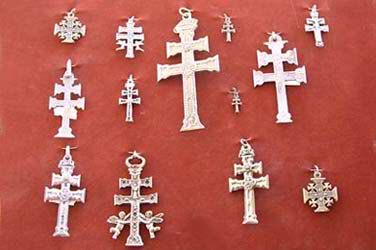 The gift of the image of the Vera Cruz (True Cross) is a generalised custom in Caravaca from at least the XVI Century. There is documental evidence that the Caravaca Carmelite nuns offered one cross to Saint Teresa of Avila -this cross is presently in the convent of the Discalced Carmelites in Brussels, Belgium. Possibly, this social gesture was practiced before 1576, the year when the Saint from Avila asserts, in a letter to Mother Maria de San Jose, Superior if the Sevilla convent, to have received a Caravaca Cross as a gift from the local nuns.
The gift of the image of the Vera Cruz (True Cross) is a generalised custom in Caravaca from at least the XVI Century. There is documental evidence that the Caravaca Carmelite nuns offered one cross to Saint Teresa of Avila -this cross is presently in the convent of the Discalced Carmelites in Brussels, Belgium. Possibly, this social gesture was practiced before 1576, the year when the Saint from Avila asserts, in a letter to Mother Maria de San Jose, Superior if the Sevilla convent, to have received a Caravaca Cross as a gift from the local nuns.From birth to death, the presence of the Cross is a symbol of fondness, peace and love among people.
-
The Cross Rituals
-
At the end of the XIX Century and beginning of the XX, the current rituals were settled around the Cross and their execution makes the starting point and heart of the fiestas.
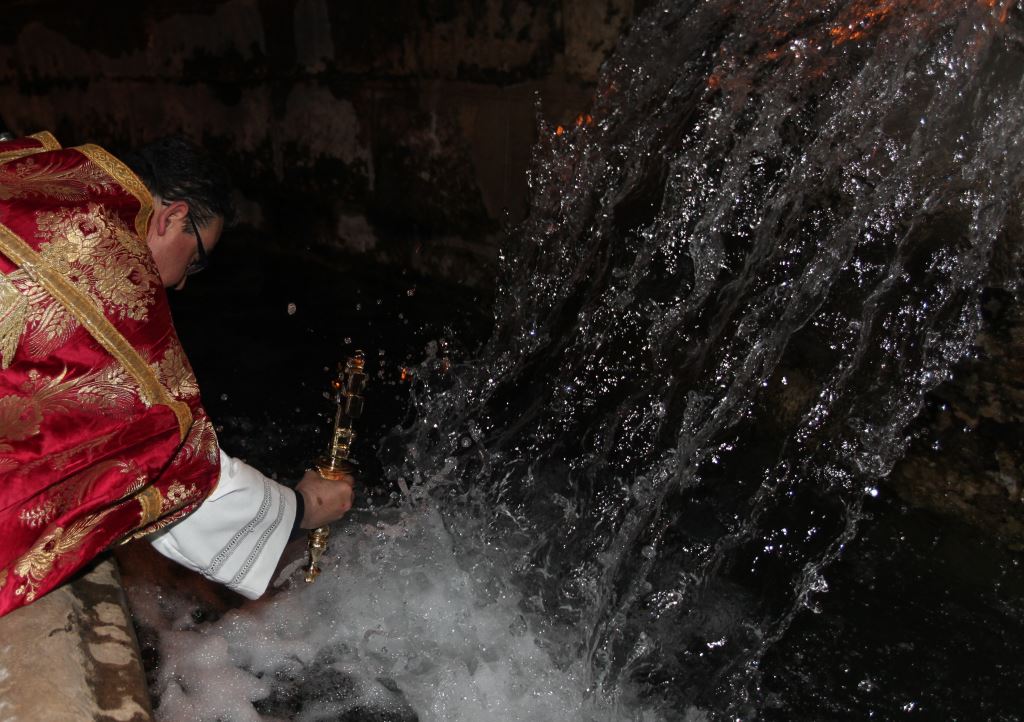 There are nine strictly religious rituals and in all of them the relic leads the ceremonies. Down below, you can find them in chronological order, what it does not mean that they are less relevant or ancient:
There are nine strictly religious rituals and in all of them the relic leads the ceremonies. Down below, you can find them in chronological order, what it does not mean that they are less relevant or ancient:- Commemorative mass of the Cross Apparition on May 2nd.
- Blessing of the Wine. First Baño de la Cruz -dip of the Cross- on May 2nd.
- Blessing of the Flowers on May 2nd. Ritual linked to the wine ritual.
- Ritual of delivery, outing and procession of the Cross on May 2nd.
- Solemn mass for the festivity of the Cross finding on May 3rd.
- Departure procession to Bañadero on May 3rd. The Parliament takes place earlier.
- Baño de la Cruz in water on May 3rd.
- Cruz de Impedidos- the Cross visit ill people who are not able to go to rituals on May 4th and 5th.
- Procession of the Cross up to the Sanctuary. Blessing of the lands and nature on May 5th.
The flower offering on May 2nd is not considered an independent ritual because the flowers are not blessed that day and is symbolically linked to the flower blessing of the next day.


